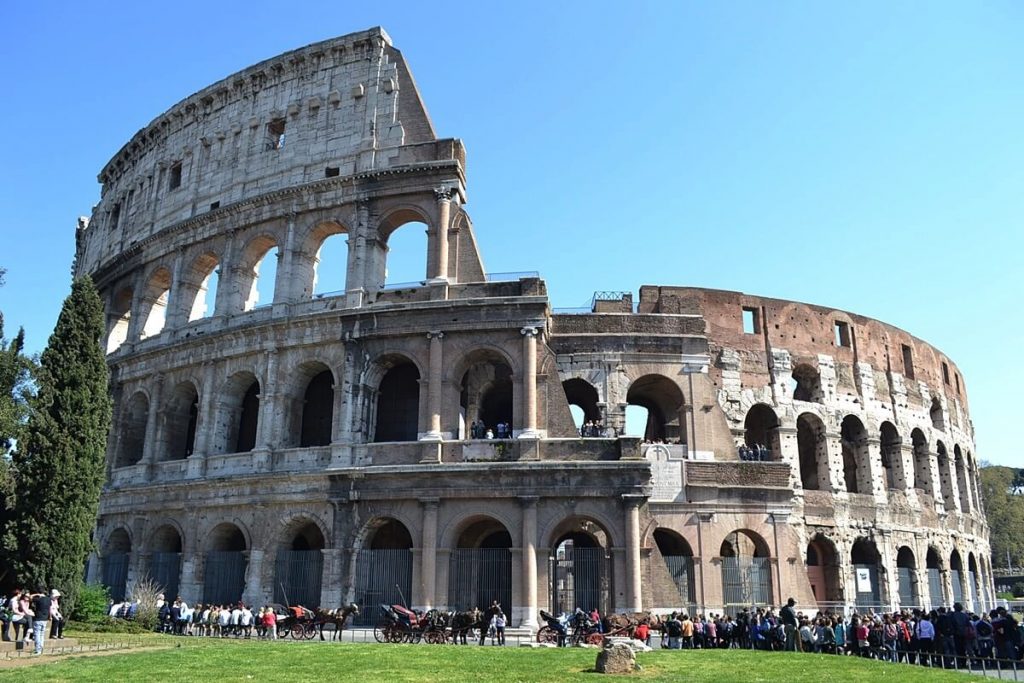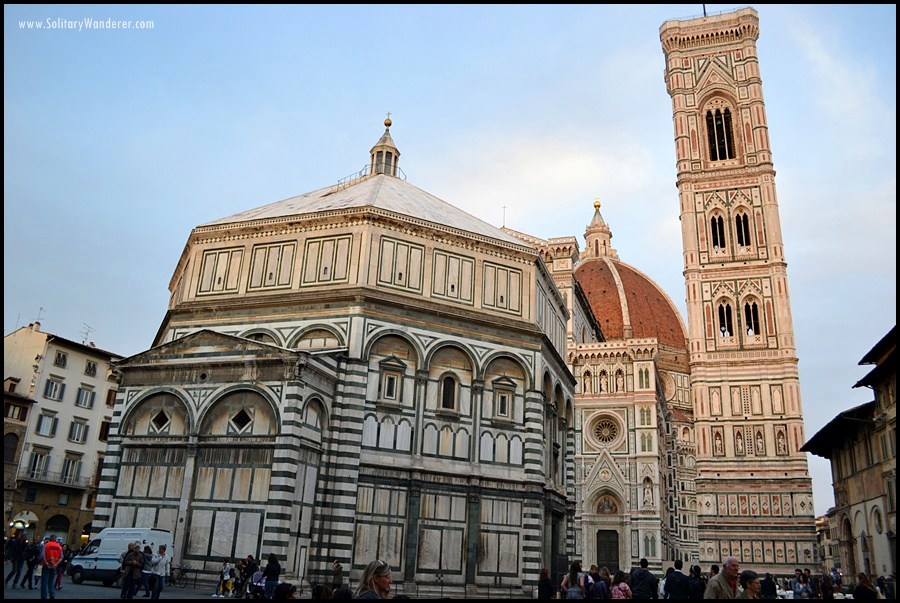
This website uses cookies so that we can provide you with the best user experience possible. Cookie information is stored in your browser and performs functions such as recognising you when you return to our website and helping our team to understand which sections of the website you find most interesting and useful.











2 Comments. Leave new
Another possibility to visit the Colosseum is with an Archaeologist guide.
your article is very helpful. Are the countries of Pisa, Rome, Naples, Florence, and Venice safe for women traveling, especially for Asian people like me?